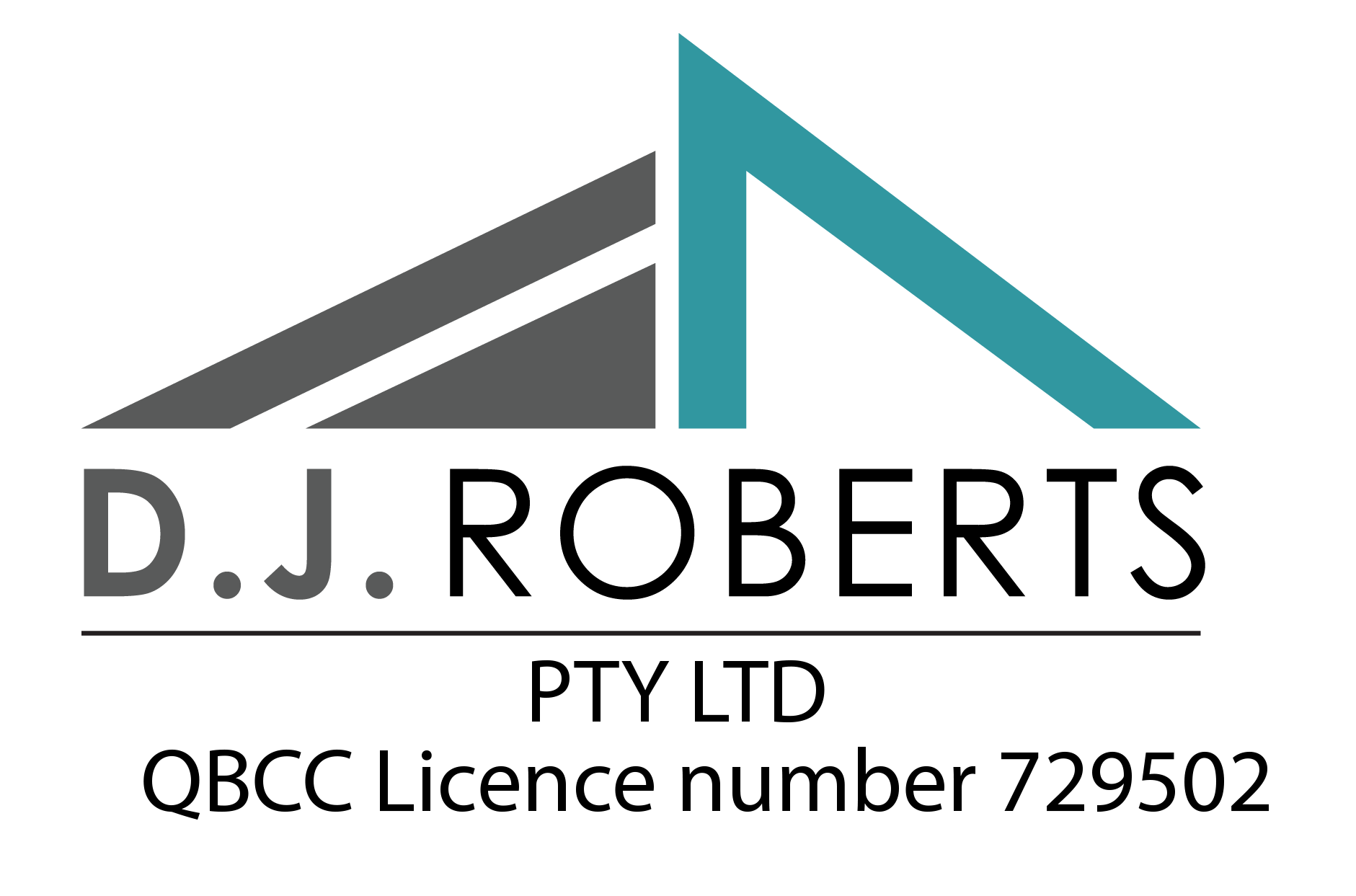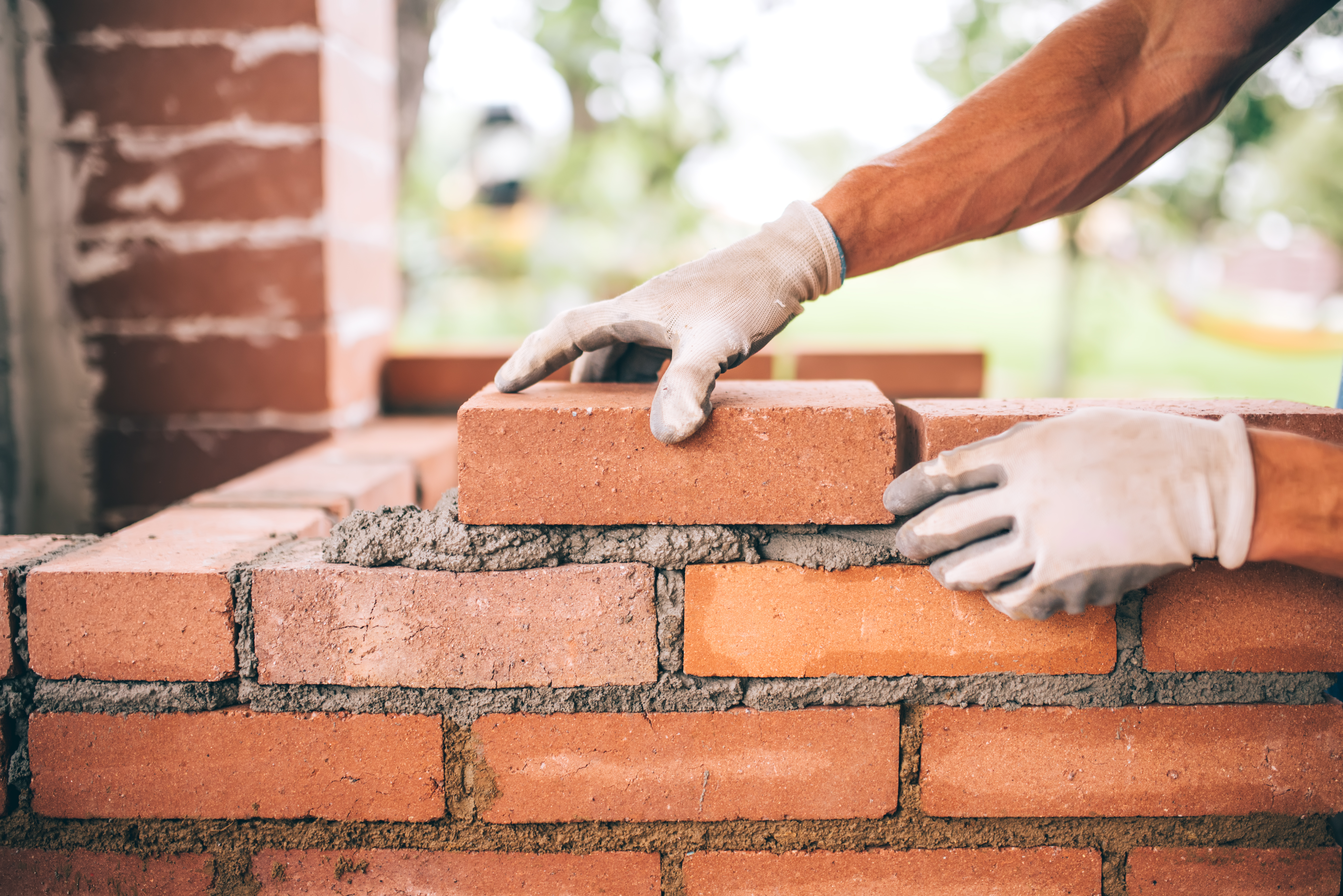Bricks are a very versatile material and have numerous purposes, including adding stability and strength to a building, and an aesthetic presence. They are usually laid flat and are bonded to form a structure. Most bricks are about eight inches long and four inches thick. These are the most common types of bricks used in masonry that you should be familiar with.
Common Burnt Clay Bricks
Common Burnt Clay Bricks are the oldest and most commonly used construction material. They are used in constructing a variety of structural members like masonry walls, foundations, columns etc. They are formed by pressing in moulds and then are dried and fired in a kiln. These types of bricks have no special attractive appearances and are used more for general work. When used in walls, burn clay bricks require plastering or rendering.
Sand Lime Bricks
Sand lime bricks are made from high pressuring a mixture of sand, lime and water (no additives) and autoclaving to firm a white building material. These bricks can offer a few advantages over clay bricks such as, having a grey colour appearance instead of the regular reddish colour, the shape presenting a smoother finish and not requiring plastering and a great amount of strength as a load-bearing member. Good acoustic insulation, good heat & humidity accumulation as well as excellent fire resistance are also why architects prescribe sand lime bricks for a building project.
Engineering Bricks
There are two classes of engineering brick available, Class A and the more widely used Class B. This type of brick is sold not for its appearance, but for its physical characteristics. Engineering bricks are manufactured at extremely high temperatures, forming a dense, strong brick and have high compressive strength and low water absorption. Class A engineering bricks can, in certain situations, be used as a damp proof course brick, and must have a compressive strength greater than 125N/mm2 and a water absorption less than 4.5 per cent. Class B engineering bricks have to achieve a compressive strength in excess of 75N/mm2 and a water absorption less than 7 per cent. Engineering bricks have an excellent load bearing capacity, damp-proof characteristics and chemical resisting properties. These types of bricks are used in specific projects and can cost more than traditional bricks.
Concrete Bricks
Concrete bricks, also known as concrete block and concrete masonry unit (CMU), are very common among builders and primarily used as a building material in the construction of walls. These bricks can be manufactured to provide different colours as pigmented during its production, providing excellent aesthetic presence in facades and fences. A mixture of powdered cement, water, sand and gravel is what is commonly used to make concrete bricks. This produces a light grey block with a fine surface texture and a high compressive strength. A typical concrete block weighs 17.2-19.5 kg. In general, the concrete mixture used for blocks has a higher percentage of sand and a lower percentage of gravel and water than the concrete mixtures used for general construction purposes.
Fly Ash Clay Bricks
Fly ash clay bricks are manufactured with clay and fly ash, at about 1000 degrees Celsius. When compared to conventional clay bricks, they are quite the competitor. Fly ash bricks provide enormous indirect benefits such as saving in labour costs and consumption of mortar. However, some studies have shown that when these bricks come into contact with moisture and water, they tend to expand. This type of brick is also detrimental to the environment with an increase in the number of thermal power plants. the Fly ash causes severe pollution of air and water and dumping of fly ash consumes large tracts of land. Government agencies have suggested to use fly ash in conjunction with clay when manufacturing bricks for building purposes to overcome this problem.





